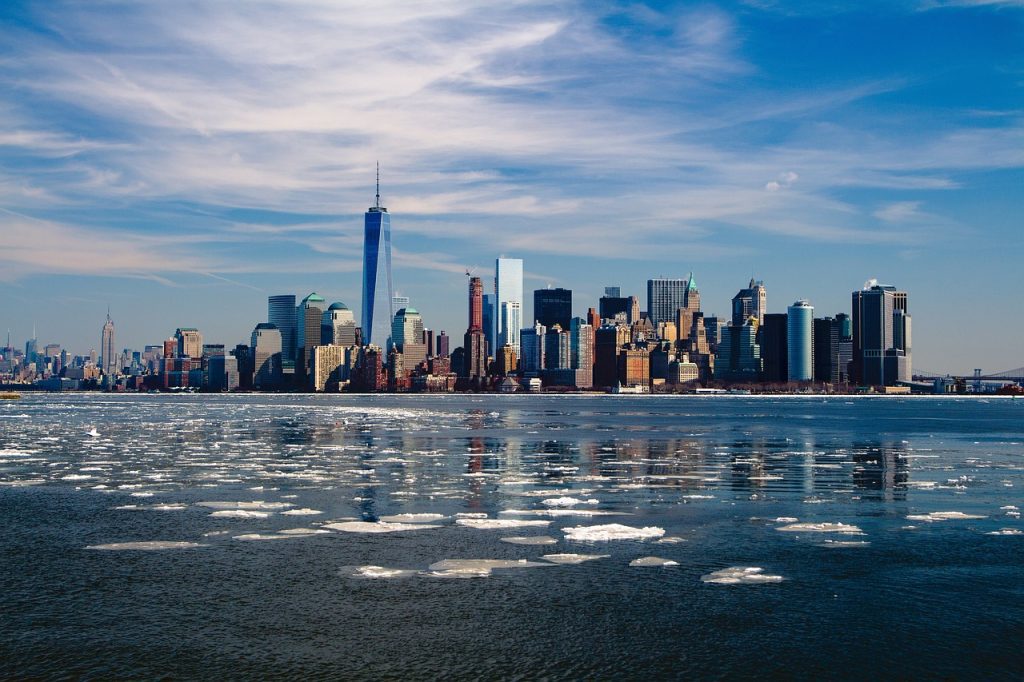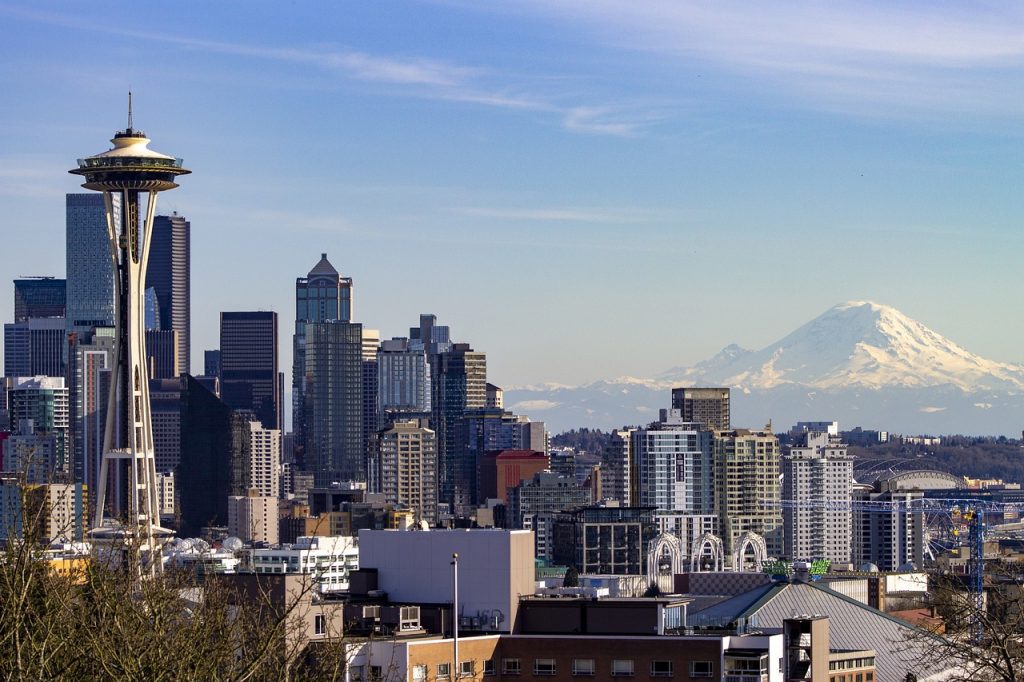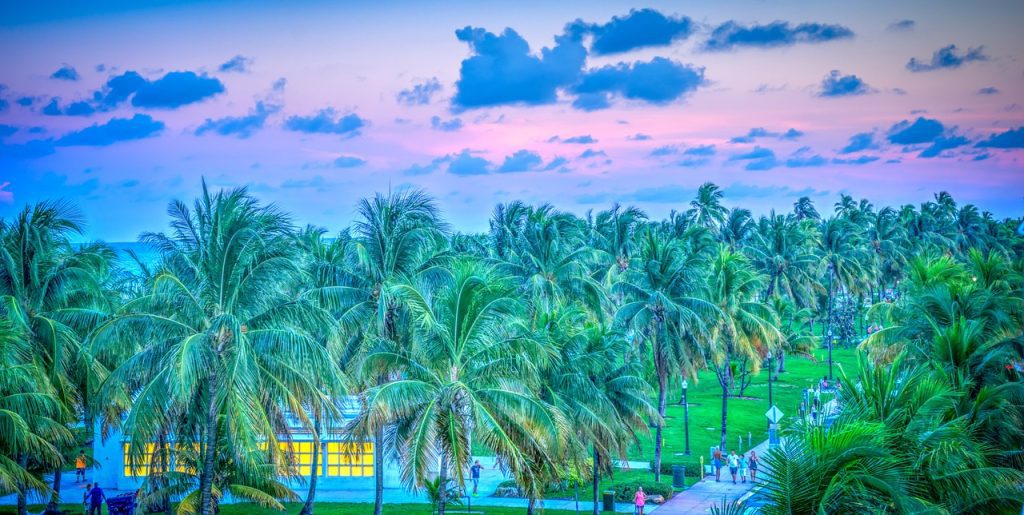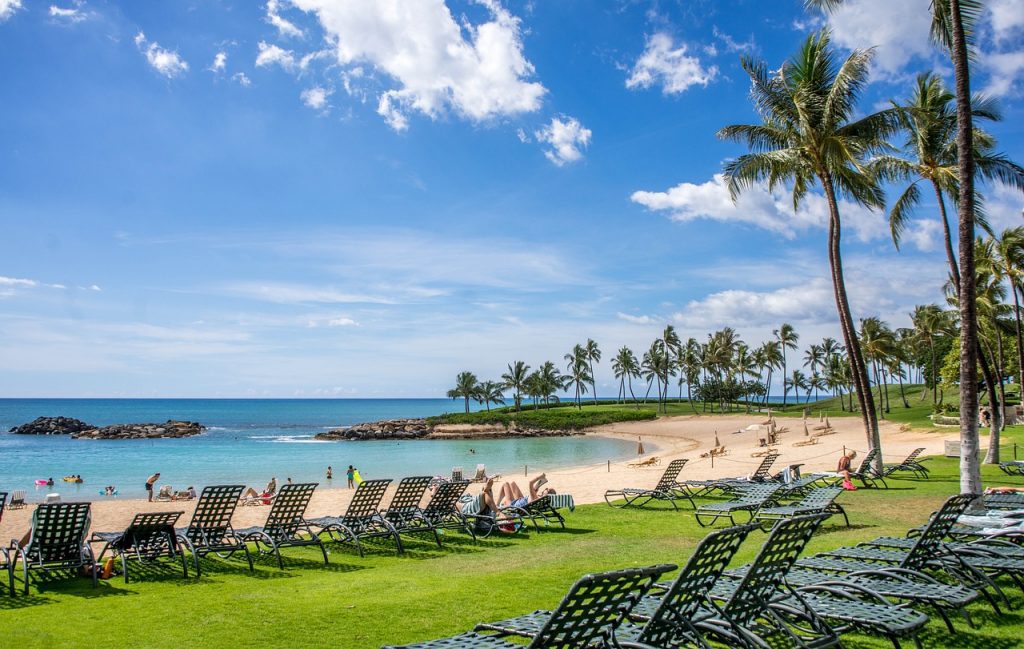Welcome to the enchanting land of Costa Rica, a tropical paradise nestled in Central America, renowned for its breathtaking landscapes and rich biodiversity. Boasting lush rainforests, pristine beaches, and towering volcanoes, Costa Rica beckons visitors with a myriad of natural wonders and vibrant cultural experiences. The obvious question is when is the best time to visit Costa Rica to experience this plethora of Central American treasures.
What truly captivates visitors is Costa Rica’s commitment to conservation and eco-tourism. With over 25% of its land designated as protected areas, the country provides a haven for rare species like the resplendent quetzal and endangered sea turtles. From zip-lining through rainforest canopies to relaxing on pristine beaches, Costa Rica’s irresistible charm lies in its harmonious blend of natural beauty and ecological responsibility, making it a haven for those seeking both adventure and tranquility.
Best Time to Visit Coast Rica based on the Weather
The best time to visit Costa Rica largely depends on your preferences, as this captivating country offers diverse climates throughout the year. The dry season, from December to April, is ideal for basking in the sun on the Pacific and Caribbean coasts, exploring national parks, and embarking on thrilling eco-adventures. Meanwhile, the wet season, from May to November, transforms the landscapes into lush green havens, creating an optimal time for nature enthusiasts to witness the flourishing flora and witness vibrant wildlife.
Dry Season
During the dry season, Costa Rica enjoys sunny days and minimal rainfall, making it an excellent time for outdoor activities and beach vacations. Average temperatures range from 70°F to 90°F (21°C to 32°C). This season is ideal for exploring national parks, engaging in water sports, and witnessing the diverse wildlife.
Wet Season
In the wet season, Costa Rica experiences more frequent and intense rain showers, creating lush landscapes and vibrant greenery. While rainfall is higher, mornings often offer clear skies for exploration. Average temperatures during this season range from 68°F to 89°F (20°C to 32°C). The wet season is an excellent time for nature enthusiasts, as the rainforests come alive with flora and fauna.
It’s important to note that Costa Rica’s diverse topography results in microclimates, and weather conditions can vary by region. The Caribbean coast tends to be wetter throughout the year, while the Pacific coast experiences a more defined dry season.
Travelers should also be aware of the hurricane season in the Caribbean, which typically peaks from August to October. While Costa Rica itself is rarely directly affected by hurricanes, increased rainfall and potential travel disruptions can occur during this period.
Ultimately, the best time to visit depends on your desired activities and weather preferences, with the dry season being popular for sun-seekers and the wet season appealing to those who appreciate lush landscapes and lower tourist crowds.
Best Time to go to Costa Rica based on Crowds and Costs
The best time to visit Costa Rica based on crowds and costs is during the country’s shoulder seasons, which fall between the peak tourist periods of the dry season. These shoulder seasons offer a good balance between reasonable prices and fewer crowds.
- Green Season (Wet Season):
- Months: May to mid-December.
- Crowds: The wet season experiences fewer tourists, translating to less crowded attractions and accommodations.
- Costs: Accommodation and tour prices tend to be lower during this period, providing budget-friendly options.
- Early Dry Season (Early December):
- Month: Early December, just before the peak of the dry season.
- Crowds: Crowds are generally lower than during the peak dry season, allowing for a more relaxed travel experience.
- Costs: While not as budget-friendly as the wet season, costs are often lower compared to the peak dry season.
During these times, you can enjoy the natural beauty of Costa Rica with a reduced risk of overcrowded tourist hotspots. It’s important to note that while the wet season brings more rain, mornings often offer clear skies for exploration, and you can still experience sunny days.
Additionally, planning your visit during the shoulder seasons allows you to take advantage of lower prices for accommodations and activities, making it an attractive option for those looking to experience Costa Rica without breaking the bank. Always check for specific destination conditions, as weather and crowds can vary across different regions of the country.
Timing Your Travels for Annual Cultural Events
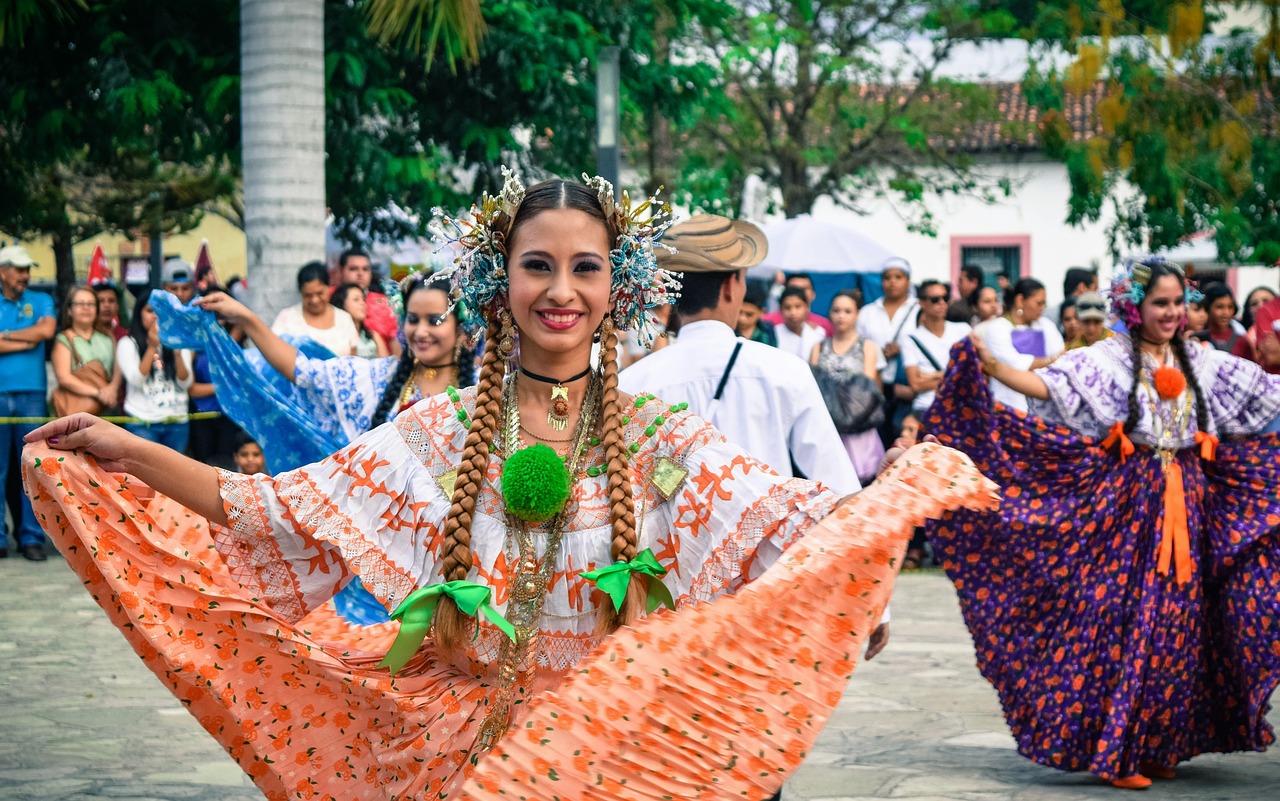 Costa Rica is known for its vibrant cultural scene, and several annual events showcase the country’s rich traditions and celebrations. While exact dates may vary each year, the following are seven popular cultural events in Costa Rica:
Costa Rica is known for its vibrant cultural scene, and several annual events showcase the country’s rich traditions and celebrations. While exact dates may vary each year, the following are seven popular cultural events in Costa Rica:
- Fiestas de Zapote (San José):
- Dates: Late December to early January.
- Description: One of the largest year-end celebrations, Fiestas de Zapote features traditional bullfights, rodeos, live music, and carnival rides. It’s a festive way to welcome the new year with a mix of cultural and entertainment activities.
- Día de la Virgen de los Ángeles (Cartago):
- Dates: August 2.
- Description: Celebrated nationwide, this religious festival honors Costa Rica’s patron saint, the Virgin of Los Ángeles. Pilgrims from across the country travel to the Basílica de Nuestra Señora de los Ángeles in Cartago to pay their respects.
- Carnival of Puntarenas (Puntarenas):
- Dates: Late February or early March.
- Description: Puntarenas hosts a lively carnival featuring colorful parades, traditional music, dance, and vibrant costumes. The event attracts locals and tourists alike, providing a joyful atmosphere along the Pacific coast.
- Día de la Independencia (Nationwide):
- Dates: September 15.
- Description: Costa Rica celebrates its independence from Spanish rule with patriotic parades, music, traditional dances, and the raising of the national flag. Festivities take place across the country, with the main parade in San José.
- Festival de la Luz (San José):
- Dates: Second Saturday of December.
- Description: Festival de la Luz marks the start of the holiday season with a spectacular Christmas parade in the capital city. Floats adorned with lights, marching bands, and traditional dance groups create a festive atmosphere.
- Semana Santa (Nationwide):
- Dates: Holy Week (variable, usually March or April).
- Description: Costa Ricans observe Semana Santa with religious processions, reenactments, and cultural events. It’s a time for reflection and celebration, with many people participating in traditional church services.
- National Theater Season (San José):
- Dates: Throughout the year.
- Description: The National Theater in San José hosts a variety of cultural events, including concerts, plays, ballets, and operas. The diverse program attracts both locals and visitors, providing a glimpse into Costa Rica’s thriving arts scene.
These events highlight Costa Rica’s cultural diversity, blending religious traditions, historical commemorations, and festive celebrations throughout the year. For specific dates and details, it’s recommended to check the current schedule for each event.
Summary
The optimal time to visit Costa Rica depends on individual preferences for weather, cultural experiences, and budget considerations.
- Best Weather:
- The dry season, from December to April, is ideal for those seeking sunny days and minimal rainfall. This period offers excellent conditions for outdoor activities, beach vacations, and exploring national parks.
- Cultural Events:
- To immerse yourself in Costa Rica’s vibrant culture and traditions, consider visiting during significant events. For instance, the Fiestas de Zapote in late December and the Festival de la Luz in December offer unique cultural experiences. They also occur during the dry season.
- Lower Costs:
- Early December is your best time to go to Costa Rica to take advantage of both the dry season weather and the shoulder season lower costs.
Considering these factors, an ideal time to visit Costa Rica could be during the early dry season (December) when the weather is generally favorable, cultural events are underway, and costs are reasonable. However, personal preferences and the specific experiences you seek should guide your choice of when to explore this diverse and captivating country. Always check current event schedules and weather conditions for the most accurate planning.
Photo Credits:
Image by FINTAN O’ BRIEN from Pixabay
Image by prohispano from Pixabay


